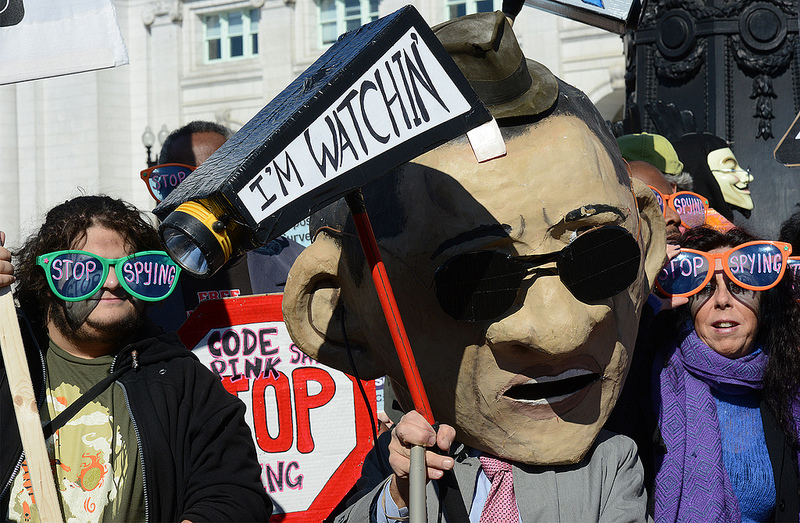The final decision is made by a jury which consists of many illustrious – if predominantly left-leaning – members. One doesn’t even have to share all of their (sometimes simplistic) views of “corporate journalism“ to appreciate the criticism they provide year after year, as an important stimulus for further discussions.
According to sociology professor Peter Phillips, who has headed the project for a number of years, the Internet has had a major impact on the project, mainly by giving rise to a sort of “counter-public sphere”. Many stories his jury deals with are taken from the Web, and without the archives and search engines of Lexus-Nexus and Google, it would simply be impossible to find out whether a story really has been treated by the mainstream media or not.
“Strictly speaking, the whole thing should be called Project Underreported”, says Peter Laufer, a journalist who is also an attentive observer of California’s media scene. For the US doesn’t have a state-run censorship office; of course, the 25 topics that are selected each year all have appeared somewhere – but just not in one of the more important national media. Despite this qualification, Laufer still underlines the merits of Project Censored: “It helps improve journalistic standards and it makes people understand how easily journalism can be manipulated.”
The project’s greatest impact comes from the publication of its selected stories*, of which 15,000 copies are sold annually. A number that is no match to the millions sold by bestseller authors like Noam Chomsky or Neil Postman, of course, but for a specialised publication dealing with the media and journalism, this still is a remarkable achievement. The project clearly is having some effects even though Phillips complains that the large US papers, as well as specialised journals such as the Columbia Journalism Review and the American Journalism Review, choose to ignore the project . Its website, www.projectcensored.org is quite a success story, generating some 30,000 hits a day, which adds up to 12 million visitors each year, as Phillips relates proudly.
In many countries, among them Canada, similar projects have been launched. Most of them, however, were only short-lived, as many initiators apparently underestimated the work that is needed to keep things going. In Germany, one project, Initiative Nachrichtenaufklärung, has survived for several years. But compared to the US original, however, it has never really taken off, remaining widely unknown even among media makers…
* Peter Phillips/Andrew Roth with Project Censored (eds.) Censored 2008. The Top 25 Censored Stories of 2006-07, New York etc.: Seven Stories Press, 2007
Translation: Oliver Heinemann
Tags: Project Censored, Sonoma State University, stories, underreported, USA












































